Timing belts are among the most critical yet often overlooked components in an internal combustion engine. Acting as the precise conductor of the engine’s symphony, the timing belt synchronizes the rotation of the crankshaft and camshaft(s), ensuring that the engine’s valves open and close at exactly the right moments.
This synchronization allows air and fuel to enter the cylinders and exhaust gases to exit efficiently, which is essential for optimal engine performance. Despite their small size, timing belts play an enormous role in engine health and longevity, and when they fail, the consequences can be catastrophic.
For many car owners, the timing belt is a “set it and forget it” part — hidden beneath covers, out of sight, and out of mind. However, timing belts are made of durable but perishable materials such as rubber and fiber composites that deteriorate over time due to heat, tension, and exposure to oil or contaminants.
Most manufacturers recommend replacing timing belts between 60,000 to 100,000 miles, but adherence to this schedule varies widely among owners. The failure to replace a timing belt on time can lead to a sudden snap or jump, resulting in severe engine damage, especially in interference engines where pistons and valves occupy the same space.
Interestingly, not all engines use timing belts. Some manufacturers opt for timing chains or gears, which tend to be more durable and often last the life of the engine.
This design choice can significantly impact maintenance schedules and overall vehicle reliability. The choice between a timing belt and a timing chain comes down to trade-offs in cost, noise, efficiency, and longevity, but for many drivers, the difference means either periodic maintenance or near lifetime peace of mind.
In this article, we explore two contrasting groups of vehicles: first, those cars equipped with timing chains or exceptionally reliable timing belts that generally don’t require frequent or stressful timing belt changes; and second, those notorious models where timing belts frequently break, causing engine failures and costly repairs.
Understanding these differences is vital not just for current or prospective owners but for any car enthusiast or mechanic wanting to minimize the risk of engine damage and avoid unexpected expenses.
The vehicles with timing chains or exceptionally reliable belts highlight engineering decisions that favor durability and reduced maintenance.
They often come from manufacturers who prioritize longevity and lower total cost of ownership, such as Toyota, Honda (in newer models), Ford, Subaru, and Chevrolet. Their timing systems are designed to endure high mileage with proper care, and they generally offer a more worry-free ownership experience.
Conversely, some popular cars with timing belts — especially those with interference engines or those subjected to high stress like turbocharged units — have gained reputations for timing belt failures.
Models such as the Volkswagen 1.8T, certain Honda Civics, Subaru EJ25 engines, Audi A4s, and Mitsubishi Eclipse variants have seen their share of timing belt catastrophes. Many of these issues stem from design vulnerabilities, maintenance neglect, or harsh operating conditions. The timing belt failures on these models often lead to costly repairs or even total engine rebuilds.
By understanding which vehicles fall into these two categories, drivers can make more informed decisions about maintenance schedules, vehicle selection, and the level of diligence required to protect their engines.
Moreover, the information can empower owners to proactively maintain their cars, replacing belts and associated components before disaster strikes or appreciating the reduced maintenance burden on vehicles with timing chains.
Whether you are a casual driver, an enthusiast, or a mechanic, the knowledge of timing belt versus timing chain systems — and which cars tend to fail or thrive with their timing systems — is invaluable. It can save you thousands of dollars, prevent inconvenient breakdowns, and help extend the life of your vehicle.
In the sections that follow, we will delve into specific cars known for their reliability without timing belt changes, as well as those infamous for timing belt failures, helping you navigate the complex world of automotive timing systems with confidence.
Also Read: 5 Brands With Affordable Long-Term Ownership and 5 That Bankrupt You
5 Cars That Don’t Need Timing Belt Changes
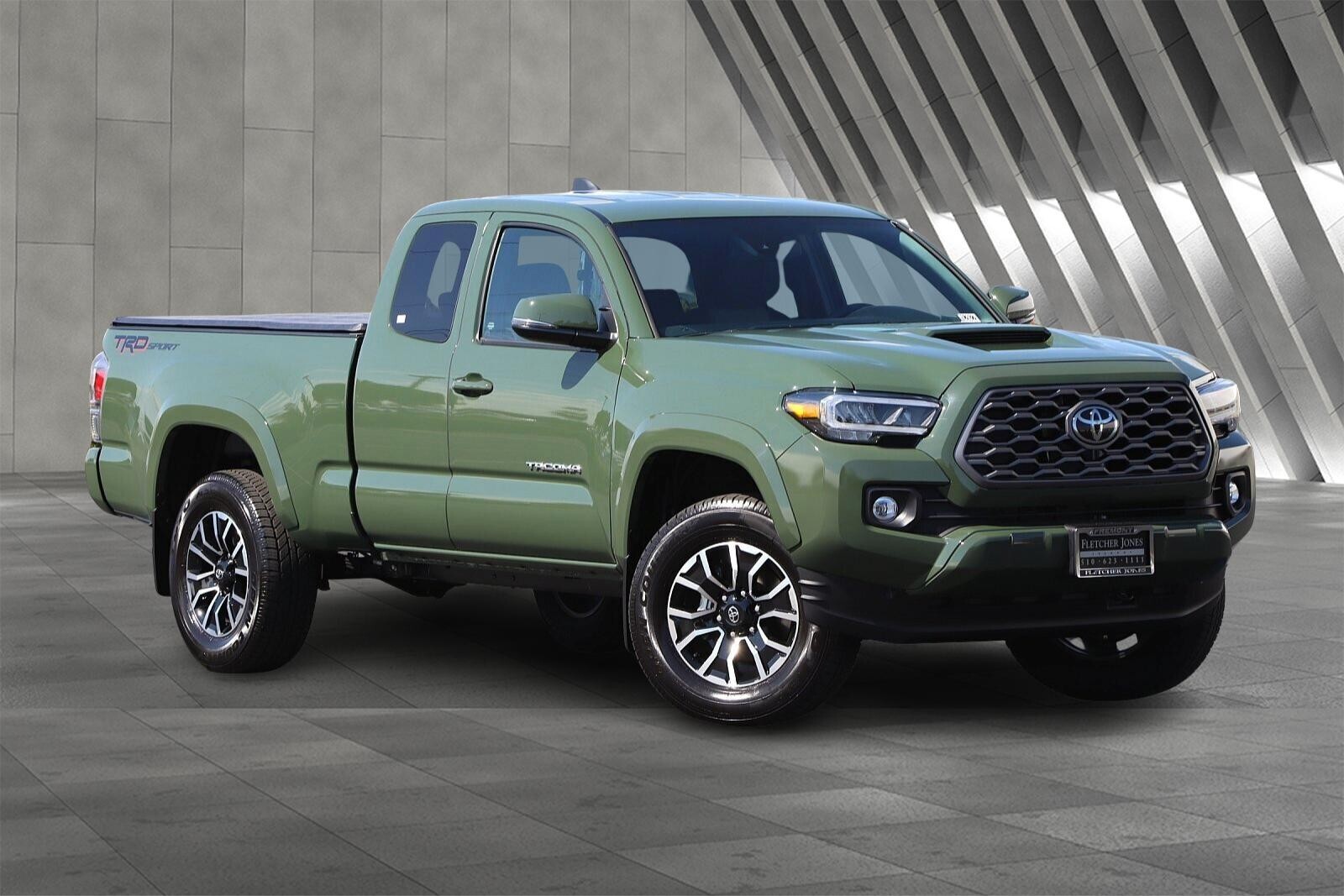
1. Toyota Tacoma (with Timing Chain)
Toyota Tacoma’s timing system is a classic example of automotive engineering focused on longevity and reliability. Unlike many vehicles that rely on timing belts — which are made from rubber composites and degrade over time — the Tacoma uses a timing chain constructed from metal links.
This chain is engineered to endure the rigors of daily driving as well as demanding off-road conditions without the need for routine replacement. Timing chains are housed inside the engine and are continuously lubricated by the engine oil, which dramatically reduces wear compared to belts that operate externally and can be exposed to heat and contaminants.
One of the key advantages of the timing chain in the Tacoma is that it is designed to last the entire expected life of the engine. This means that under normal use and with proper oil changes, Tacoma owners rarely, if ever, need to worry about replacing the timing system.
For consumers, this translates into significant cost savings since timing belt replacement — which can cost hundreds or even thousands of dollars when factoring labor — is completely avoided. Toyota’s choice to use timing chains reflects its broader commitment to build trucks that are not only rugged but also low maintenance.
Moreover, Toyota’s engineering team implemented advanced tensioners and guides in the timing chain system to prevent slack and reduce the risk of chain jump or stretch.
This attention to detail means that even after crossing high mileage thresholds — often well beyond 200,000 miles — the timing chain remains reliable. In addition, because the chain is less prone to sudden failure, Tacoma owners avoid the sudden engine damage often associated with broken timing belts, where valves and pistons can collide, causing catastrophic damage.
The real-world results speak volumes: Toyota Tacoma models are consistently rated highly in reliability surveys and owner satisfaction reports. The timing chain system contributes significantly to this reputation. Especially for truck buyers who use their vehicles for towing, hauling, or traversing rugged terrains, the timing chain’s durability provides peace of mind.
Toyota’s philosophy of building long-lasting, low-maintenance vehicles means the Tacoma is not just a capable truck but also a smart financial choice in the long run.
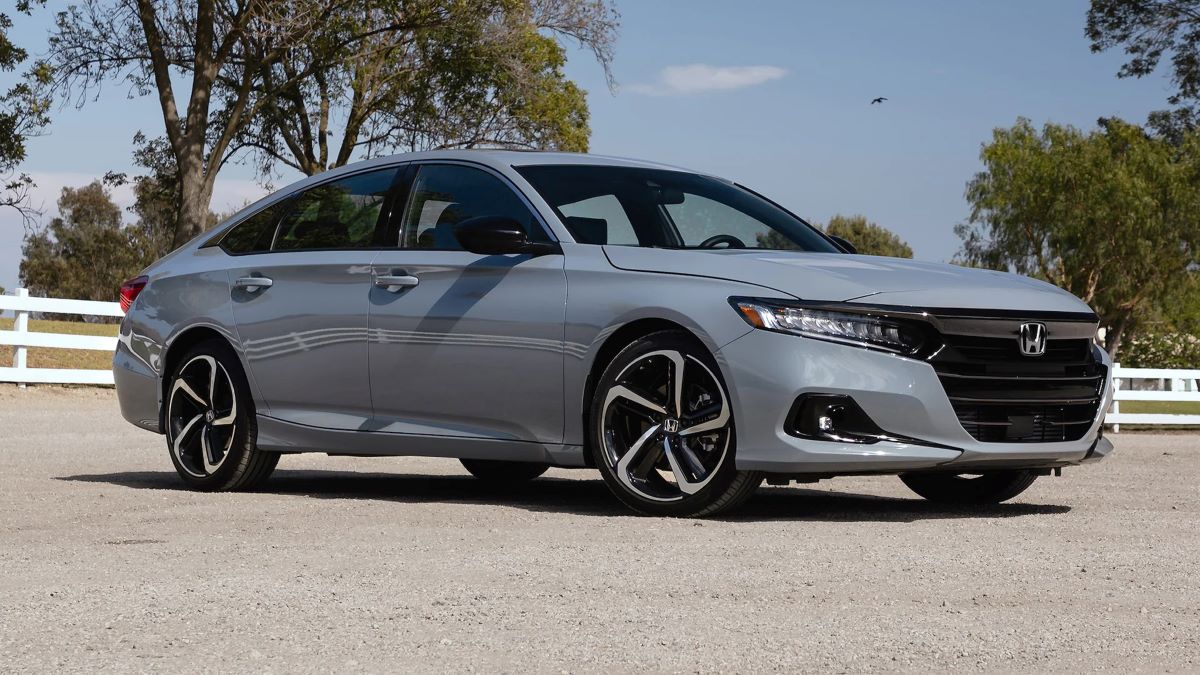
2. Honda Accord
Honda’s transition from timing belts to timing chains in its Accord lineup marks a pivotal shift towards improving reliability and reducing maintenance. The Accord, a bestselling midsize sedan renowned for its blend of performance and practicality, historically used timing belts in earlier models.
However, in recent years, Honda replaced these with timing chains in the V6 engines and newer 4-cylinder engines, embracing the benefits of chains over belts.
Timing chains, being metal, provide a durability advantage, especially when properly lubricated by engine oil. This means that as long as owners adhere to regular oil change schedules and use quality oil, the timing chain will continue operating effectively without the need for periodic replacement.
This eliminates the significant expense and labor associated with timing belt changes, which typically occur every 60,000 to 100,000 miles on belt-equipped engines.
In addition to durability, timing chains tend to be quieter and smoother in operation compared to belts. Honda’s engineers have refined the chain tensioner systems in the Accord to reduce chain slack and minimize noise, creating a more refined driving experience.
While timing chains can technically last the life of the engine, they do require a well-maintained lubrication system; neglecting oil changes can lead to premature wear of the chain and tensioners, which can become noisy or even fail if ignored.
The adoption of timing chains has also enhanced the resale value of newer Accord models, as prospective buyers appreciate the lower maintenance burden. It reflects Honda’s broader engineering philosophy emphasizing durability and low ownership costs.
Given that many Accord owners use their vehicles for long commutes and family transportation, the peace of mind that comes with a timing chain instead of a belt is invaluable. It’s a feature that perfectly complements the Accord’s reputation for reliability and ease of ownership.
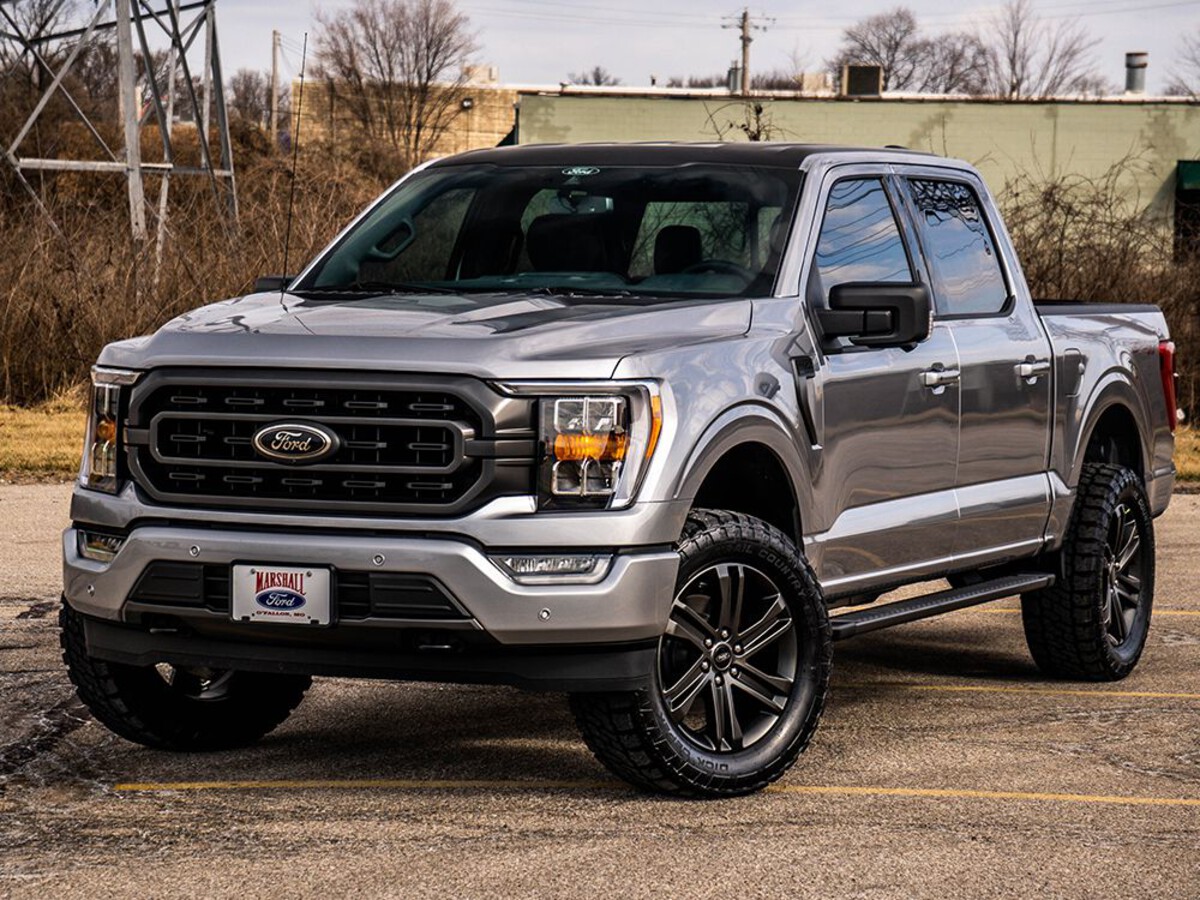
3. Ford F-150 (with Timing Chain in Many Engines)
The Ford F-150, a perennial leader in the pickup truck segment, embraces timing chains in many of its engines, reflecting the brand’s focus on durability and customer satisfaction. Trucks like the F-150 are expected to handle heavy loads, tough driving conditions, and high mileage, making reliability paramount. Timing chains are a natural fit in this context due to their ruggedness and longevity compared to timing belts.
Ford’s timing chains are made from hardened steel, designed to withstand the torque and stress produced by truck engines. Unlike rubber timing belts, chains are far less susceptible to heat degradation and wear, two factors that can lead to premature timing belt failure. Because the chain is housed inside the engine and continuously bathed in oil, it benefits from superior lubrication and protection, greatly extending its life expectancy.
An important consideration for F-150 owners is the emphasis on regular oil changes to maintain timing chain health. Dirty or degraded oil can accelerate wear on the chain and tensioner components, potentially causing issues such as chain slack or noise. Ford’s newer engines incorporate improved tensioners and guides that help maintain optimal chain tension over the vehicle’s life, reducing the risk of timing chain-related problems.
The timing chain system’s durability is particularly advantageous for owners who keep their trucks for extended periods or use them for demanding purposes like towing trailers, carrying heavy payloads, or off-road adventures.
Avoiding timing belt replacements reduces downtime and maintenance costs, allowing owners to focus on their tasks instead of engine repairs. The timing chain is an essential part of the F-150’s enduring reputation as a tough, dependable truck capable of serving its owners for hundreds of thousands of miles.
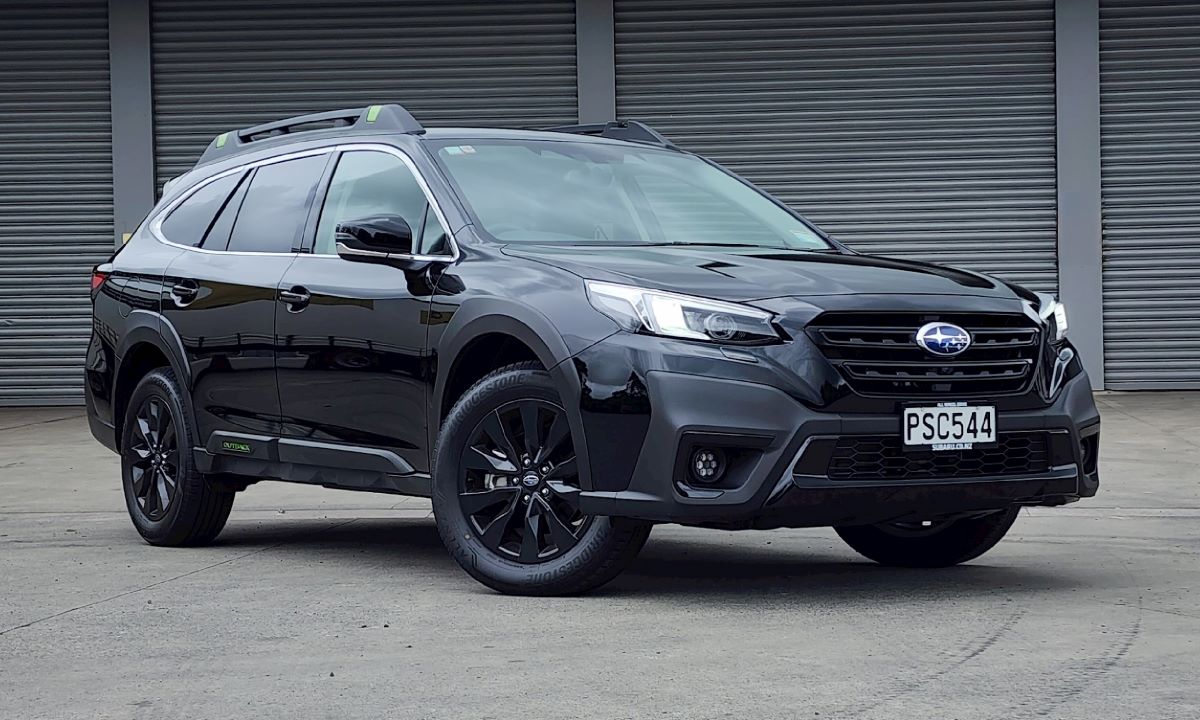
4. Subaru Outback (with Timing Chain)
Subaru’s unique approach to engine design with its horizontally opposed “boxer” engines includes the use of timing chains instead of belts in models like the Outback. This decision enhances the vehicle’s reliability and reduces maintenance demands, aligning with Subaru’s brand image of rugged dependability, especially in all-weather and off-road conditions.
The timing chain in the Outback is a metal assembly that operates inside the engine and is continuously lubricated by oil, which mitigates the risk of wear and failure.
This setup is ideal for Subaru’s engines, which experience different stress patterns due to the boxer configuration’s lower center of gravity and horizontally opposed pistons. The timing chain is designed to handle these stresses without the need for scheduled replacement intervals typical of timing belts.
Subaru has also engineered robust tensioners and guides to maintain proper chain tension and minimize the potential for slack or noise.
While timing chains can sometimes produce a rattle if the tensioner fails or wears out, Subaru’s ongoing improvements have reduced these issues in recent models. Proper oil maintenance is essential; regular oil changes prevent sludge build-up and ensure the timing chain remains well-lubricated.
From a practical standpoint, the timing chain system allows Outback owners to enjoy the benefits of a capable, all-wheel-drive crossover without the worry of timing belt replacements interrupting their driving schedules.
This reliability is especially valuable in climates with harsh winters or rough terrain, where Subaru vehicles often shine. The timing chain’s longevity complements the Outback’s rugged image and owner satisfaction, making it a wise choice for those valuing durability and peace of mind.
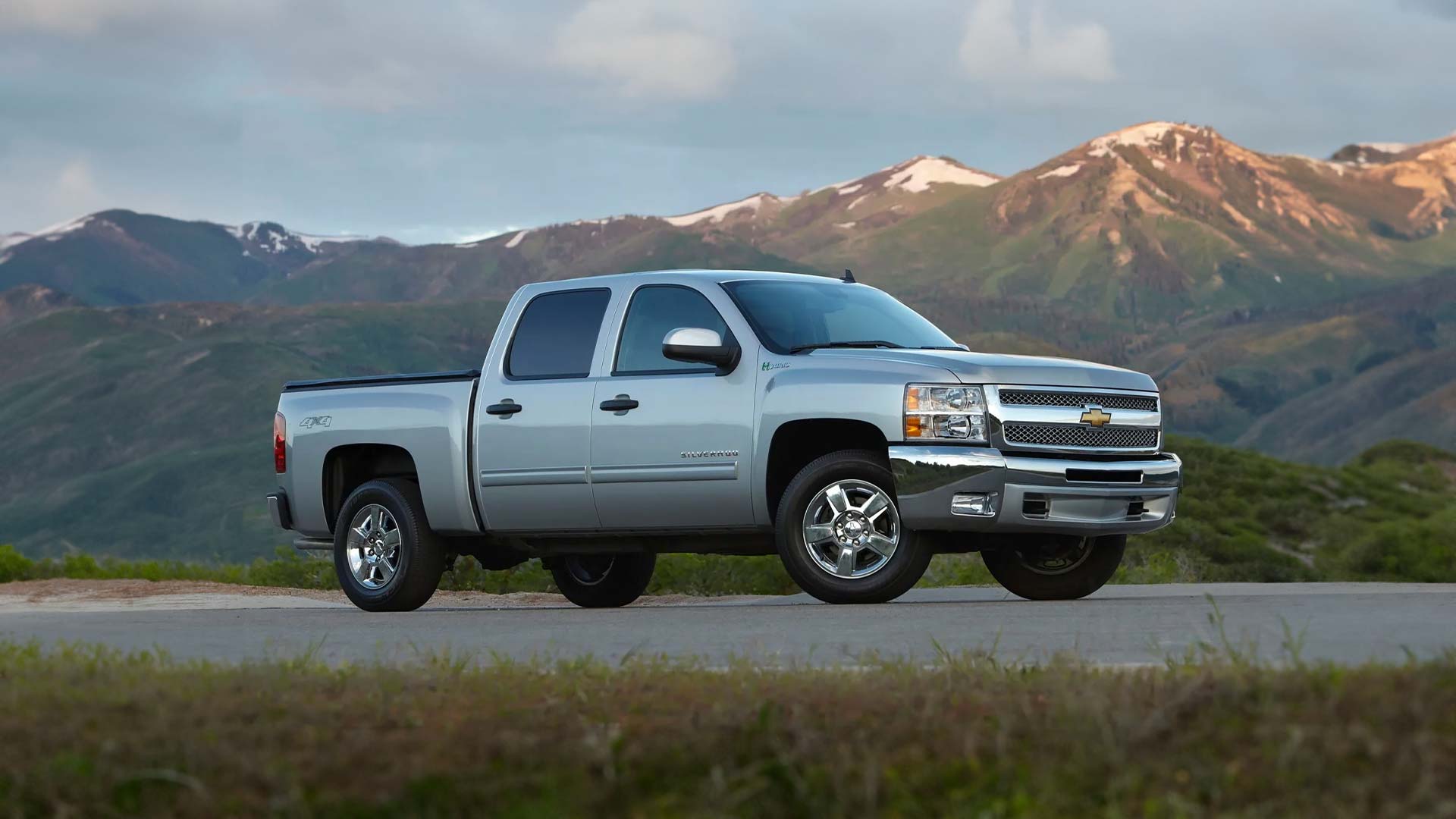
5. Chevrolet Silverado (with Timing Chain in Many Engines)
The Chevrolet Silverado, a cornerstone of American full-size pickups, has long emphasized power and durability. Many of its engines feature timing chains, a design choice that aligns with the Silverado’s reputation for reliability and low maintenance.
The metal timing chains in Silverado engines are built to endure high horsepower and torque, as well as the demanding conditions often faced by truck owners.
Chevrolet engineers designed the timing chain systems in these trucks to minimize maintenance frequency and improve engine longevity.
Unlike timing belts, which require replacement every 60,000 to 100,000 miles, timing chains typically last the life of the engine. They are housed within the engine block and continuously lubricated by engine oil, protecting them from environmental damage and reducing the wear that belts might suffer.
The chain-driven timing system also reduces the risk of sudden catastrophic engine failures that can occur if a timing belt snaps unexpectedly.
This feature is particularly important in heavy-duty vehicles like the Silverado, where downtime can be costly and inconvenient. Proper oil maintenance remains critical, as neglecting oil changes can lead to increased chain wear and tensioner failure.
Chevrolet’s commitment to robust design is evident in the continual improvements to timing chain components, including tensioners and guides, which help reduce noise and extend service life.
For owners who keep their Silverado trucks for many years or high-mileage usage, the timing chain system provides confidence and reduces long-term maintenance expenses. This reliability is a key factor in the Silverado’s ongoing popularity among both commercial and personal truck buyers.
5 Cars That Constantly Break Timing Belts
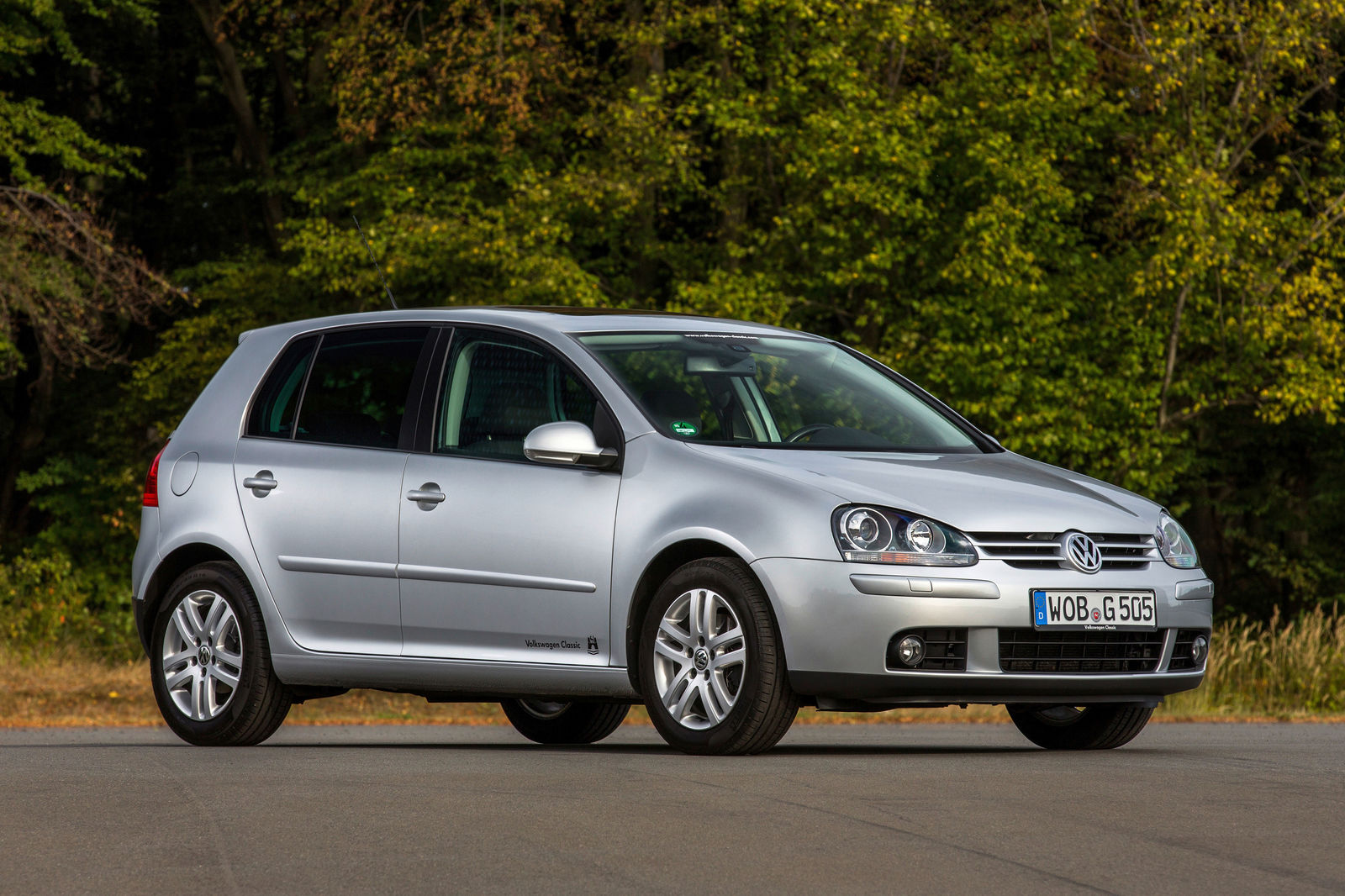
1. Volkswagen 1.8T (Early 2000s Models)
The Volkswagen 1.8T engine from the early 2000s has gained notoriety for its timing belt issues, often leaving owners facing costly repairs and engine damage.
This turbocharged inline-four engine was beloved for its performance and tunability, but it was also infamous for timing belt failures that seemed to occur with alarming regularity. One of the key reasons behind these failures lies in the design and maintenance demands of the belt-driven system paired with the high-stress environment created by forced induction.
The timing belt in the 1.8T engine plays a critical role, synchronizing the camshaft and crankshaft to ensure precise valve timing. Because it’s a belt — made from rubber and fiber composites — it’s inherently vulnerable to wear, cracking, and eventual failure if not replaced on a strict maintenance schedule.
Unfortunately, many owners either neglect or underestimate the importance of the timing belt interval, which Volkswagen typically recommends at around 60,000 to 80,000 miles. Over time, heat from the turbocharger and engine bay can accelerate belt degradation, increasing the risk of snapping.
When the timing belt breaks in these engines, the consequences are usually severe because the 1.8T is an interference engine. This means the valves and pistons occupy the same space at different times during the engine cycle, so a snapped belt causes the valves to collide with the pistons.
The result is bent valves, damaged pistons, and often a ruined cylinder head — repairs that can easily reach thousands of dollars. This has led to the 1.8T earning a reputation among mechanics and owners alike as a “ticking time bomb” if the timing belt isn’t changed diligently.
Adding to the frustration, the tensioners and idler pulleys in these early Volkswagen engines were sometimes prone to premature failure, which could cause the belt to slip or jump teeth, leading to timing misalignment and engine damage even before the belt breaks.
Regular replacement of the entire timing system — belt, tensioner, and pulleys — is crucial, but the cost and labor intensity sometimes lead to delays or incomplete servicing. Despite these issues, the 1.8T remains popular for enthusiasts, but it demands respect for its maintenance needs to avoid catastrophic timing belt failures.
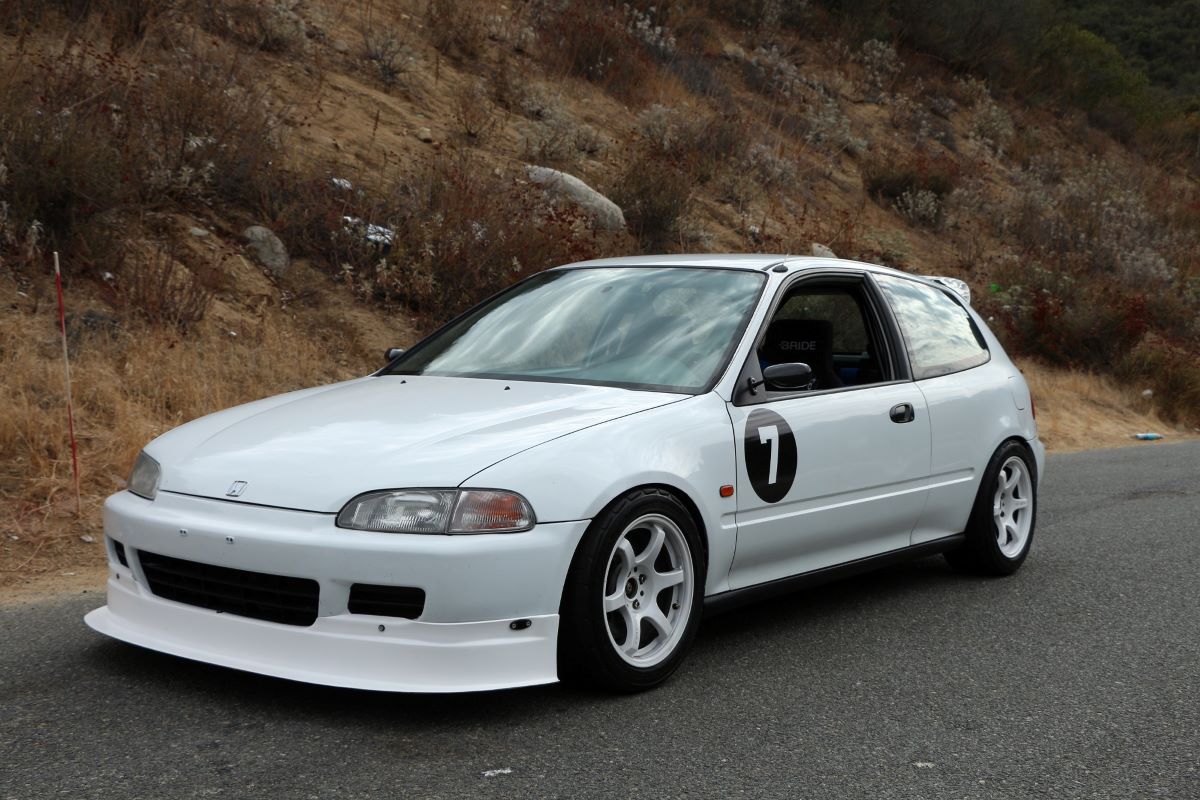
2. Honda Civic (Certain 1990s and Early 2000s Models with Timing Belts)
The Honda Civic is widely known for its reliability, but certain models from the 1990s and early 2000s equipped with timing belts have developed a reputation for timing belt-related problems when maintenance is ignored or delayed. Honda used timing belts extensively in these engines, which require replacement typically every 60,000 to 90,000 miles depending on the specific engine variant and year.
While timing belts are generally reliable when replaced on schedule, the Civic’s smaller, high-revving engines sometimes experience premature belt wear due to a combination of factors, including oil leaks that can degrade the belt material, harsh driving conditions, and neglect of recommended service intervals.
A timing belt exposed to oil can deteriorate quickly because the rubber compound becomes brittle or soft, compromising belt integrity.
The stakes are high for the Civic’s timing belt because it is an interference engine. If the belt breaks or slips, it usually results in catastrophic engine damage, including bent valves and damaged pistons.
Many owners report timing belt failures when buying used Civics without full maintenance history, highlighting the importance of diligent upkeep. Furthermore, worn or failing tensioners can cause belt slack or misalignment, increasing the risk of early failure.
Honda’s reputation for building engines that can easily last well beyond 200,000 miles is tempered by the critical need to keep up with timing belt replacement schedules. Ignoring this crucial maintenance task in these older Civics is a common cause of unexpected engine failure.
Many mechanics recommend proactively replacing not only the belt but also the water pump and tensioners at the same time, since they share the same service window and can fail prematurely if neglected.
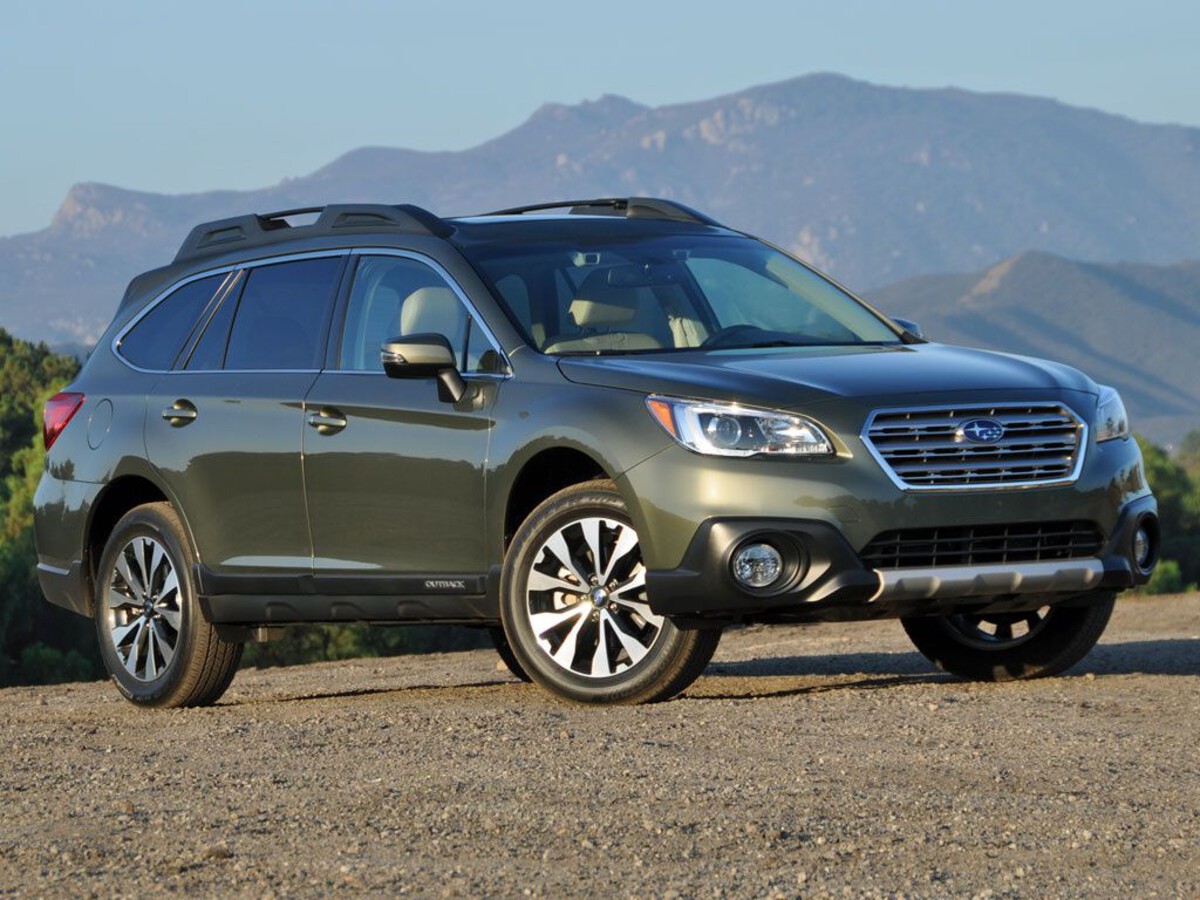
3. Subaru EJ25 Engines (Certain Model Years)
Subaru’s EJ25 engine, particularly in some early 2000s models like the Legacy and Outback, has faced ongoing issues with timing belt failures that frequently lead to engine damage.
Unlike Subaru’s newer models, which transitioned to timing chains, these EJ25 engines still rely on timing belts and have a reputation for belt wear problems compounded by oil leaks and tensioner failures.
The EJ25 is an interference engine, so a snapped timing belt often results in bent valves and significant internal engine damage. What makes the Subaru timing belt problems especially tricky is the design of the timing belt system, which is prone to tensioner wear and idler pulley failures.
A worn tensioner can cause the belt to slip or jump teeth, which disrupts valve timing and causes rough running or internal damage before outright belt failure.
Subaru engines, due to their boxer layout, experience different stresses on the timing belt compared to inline engines. The belt routing is more complex, and the tensioning system can sometimes wear unevenly, which requires careful inspection during service.
Unfortunately, many owners find timing belt replacements expensive and labor-intensive, leading some to delay the necessary maintenance — a risky choice given the engine’s sensitivity.
Additionally, some Subaru EJ25 engines suffer from oil leaks near the camshaft seals or crankshaft, which contaminate the timing belt, causing premature degradation. The combination of oil exposure and tensioner wear has led to Subaru timing belt issues becoming a frequent cause of engine failure in these models.
It is widely recommended by Subaru experts to adhere strictly to timing belt service intervals (usually every 105,000 miles) and replace tensioners, pulleys, and water pumps simultaneously to avoid belt-related disasters.
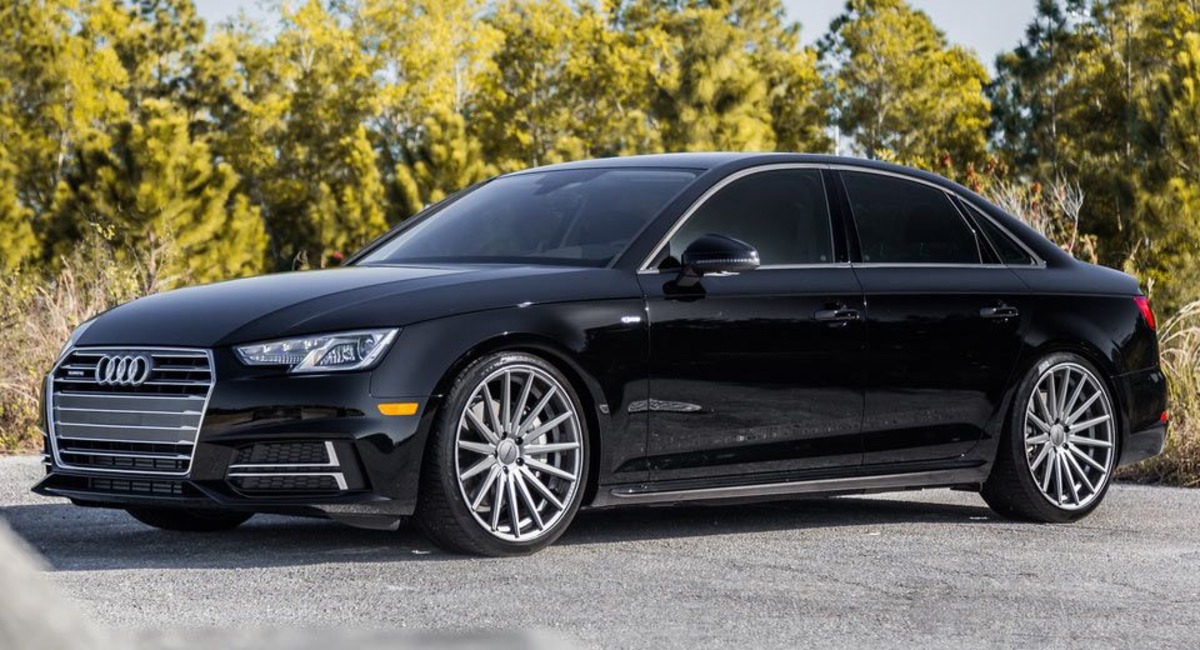
4. Audi A4 (B5 and B6 Models with 1.8T Engines)
Audi’s A4 models, particularly the B5 and B6 generations equipped with the 1.8T turbocharged engine, have become well-known for timing belt failures that can lead to severe engine damage. Much like the Volkswagen 1.8T, the Audi 1.8T uses a timing belt in an interference engine setup, making maintenance critical.
The 1.8T engines are high-performance units, but the timing belt system has some design vulnerabilities. The belt is under constant stress from the engine’s torque output and heat generated by the turbocharger. Additionally, the timing belt tensioner on these Audis has historically been a weak point prone to failure or loss of tension, which can lead to belt slippage or breakage.
Many Audi owners report timing belt failures occurring prematurely due to stretched or brittle belts, sometimes as a result of inadequate maintenance or using inferior replacement parts.
When the timing belt fails, the valves and pistons collide, resulting in bent valves, damaged pistons, and expensive repairs. The labor involved in replacing the belt on these engines is also significant, increasing overall service costs.
Another complicating factor is the cost and complexity of servicing the timing system on the Audi A4. Replacement requires removing various engine components, and failure to replace all related parts (belt, tensioner, idler pulleys, and water pump) together increases the risk of early subsequent failures.
Despite these issues, the Audi A4 1.8T remains a popular model due to its performance and handling, but owners must be vigilant about timing belt maintenance to avoid catastrophic damage.
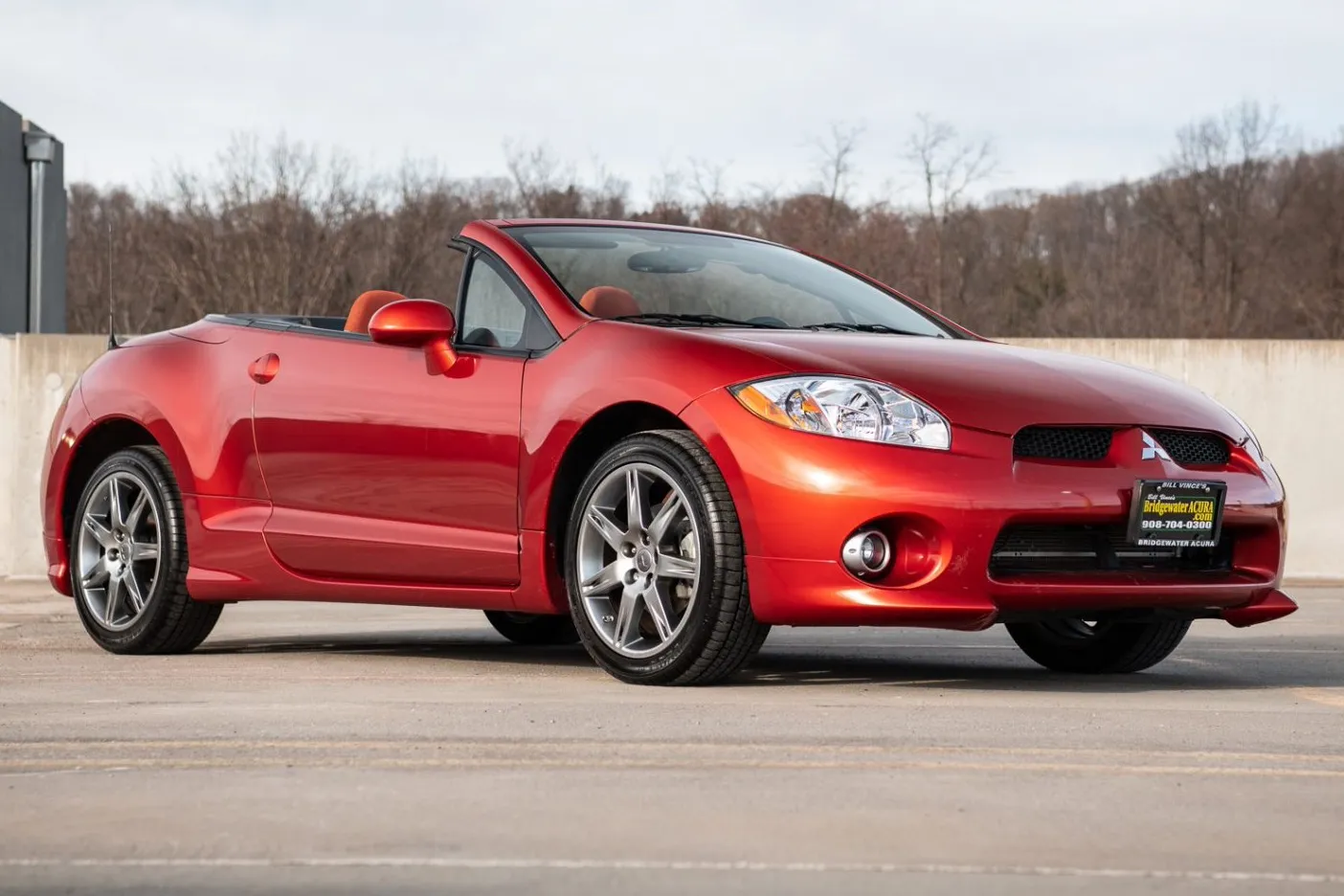
5. Mitsubishi Eclipse (Early 2000s Models)
The Mitsubishi Eclipse, especially models from the early 2000s equipped with the 4G63 engine, has a documented history of timing belt failures that have caused widespread frustration among owners. The 4G63 engine, famous for its use in turbocharged performance versions, employs a timing belt in an interference engine configuration, making belt maintenance critical.
The timing belt in these Eclipses is subjected to considerable stress due to the turbocharged nature of the engine and the high RPM ranges these cars often reach.
This high-performance environment accelerates wear on the timing belt and associated components. Moreover, early 2000s Eclipses have been reported to suffer from timing belt tensioner failures, which can cause the belt to lose proper tension and skip teeth or break entirely.
When the timing belt fails in these engines, it often results in extensive engine damage, including bent valves and damaged pistons. Many owners have faced unexpected engine rebuilds due to broken belts.
Mitsubishi’s maintenance recommendations typically advise timing belt replacement every 60,000 to 90,000 miles, but aggressive driving styles or delayed maintenance can shorten this interval significantly.
In addition to tensioner issues, some Eclipse models experience oil leaks near the timing belt area, contaminating the belt and hastening its deterioration. Owners who fail to promptly address these leaks often face premature belt failure.
Despite these challenges, the Mitsubishi Eclipse remains a sought-after car for enthusiasts, especially in its turbocharged form, but the timing belt maintenance needs must never be overlooked to preserve engine integrity.
Also Read: 5 Vehicles That Rarely Overheat and 5 That Constantly Do
The timing belt, though often overlooked, is a linchpin of engine reliability and performance. As we have explored, the difference between engines that use timing belts and those that use timing chains can have a profound impact on vehicle maintenance requirements and long-term ownership costs.
Cars equipped with timing chains generally offer a significant advantage in terms of durability and peace of mind, as these metal chains are designed to last the lifetime of the engine, requiring minimal routine replacement.
On the other hand, timing belts, while quieter and cheaper to produce, demand careful adherence to replacement intervals and quality maintenance to avoid catastrophic failure.
The five cars that don’t need timing belt changes — such as the Toyota Tacoma, Honda Accord (with newer chains), Ford F-150, Subaru Outback, and Chevrolet Silverado — showcase how modern engineering solutions focus on reducing maintenance burdens for the consumer.
Their timing chains are designed with durable materials, sophisticated tensioners, and enclosed lubrication systems, which collectively extend service life and reduce unexpected failures.
For owners of these vehicles, timing chain systems translate into fewer visits to the mechanic, lower maintenance costs, and greater confidence in the vehicle’s longevity, even in harsh conditions or under heavy workloads.
In stark contrast, vehicles notorious for timing belt failures — like the Volkswagen 1.8T, certain Honda Civic models, Subaru EJ25 engines, Audi A4s, and Mitsubishi Eclipse — serve as cautionary tales about the risks of neglecting timing belt maintenance. Many of these cars operate interference engines, where a broken timing belt leads to immediate and expensive engine damage.
Problems are often compounded by design vulnerabilities, such as weak tensioners or pulleys, oil contamination, and difficult or expensive repair procedures. For owners, this means strict maintenance schedules, proactive replacement of all timing system components, and sometimes higher ownership costs.
The divide between these two groups highlights a broader lesson in automotive design and ownership: preventive maintenance and informed vehicle choice are critical to avoiding expensive and frustrating engine failures.
Car buyers who prioritize reliability and low maintenance may lean toward models with timing chains or proven durable belts, while those drawn to performance-oriented vehicles with timing belts must accept the responsibility of diligent upkeep.
Regardless of the choice, understanding the timing system and its potential pitfalls can help owners avoid the pitfalls that come with neglected maintenance or unexpected component failure.
Furthermore, the automotive industry continues to evolve. More manufacturers are shifting toward timing chains or even newer timing technologies, reflecting a desire to reduce service intervals and improve engine longevity.
Advances in materials science, tensioner design, and engine management systems continue to improve the reliability of timing belts where they remain in use, but the inherent vulnerability of rubber belts means maintenance will always be a critical factor.
Ultimately, whether your car uses a timing belt or chain, knowledge is power. Understanding your vehicle’s timing system, adhering to maintenance schedules, and replacing worn components promptly can save thousands in repairs and extend the life of your engine.
It’s a testament to how even a seemingly small component like a timing belt or chain plays an outsized role in your car’s health and your peace of mind. Armed with the insights from this article, you are better prepared to make informed decisions about your vehicle, whether buying, maintaining, or repairing.
In the end, regular maintenance, quality parts, and timely intervention are the keys to keeping your engine running smoothly, no matter what type of timing system it uses. So whether you own a truck designed to last hundreds of thousands of miles without a timing belt change, or a sporty sedan with a timing belt that needs close attention, your diligence will ensure your car’s heart keeps beating reliably for years to come.
